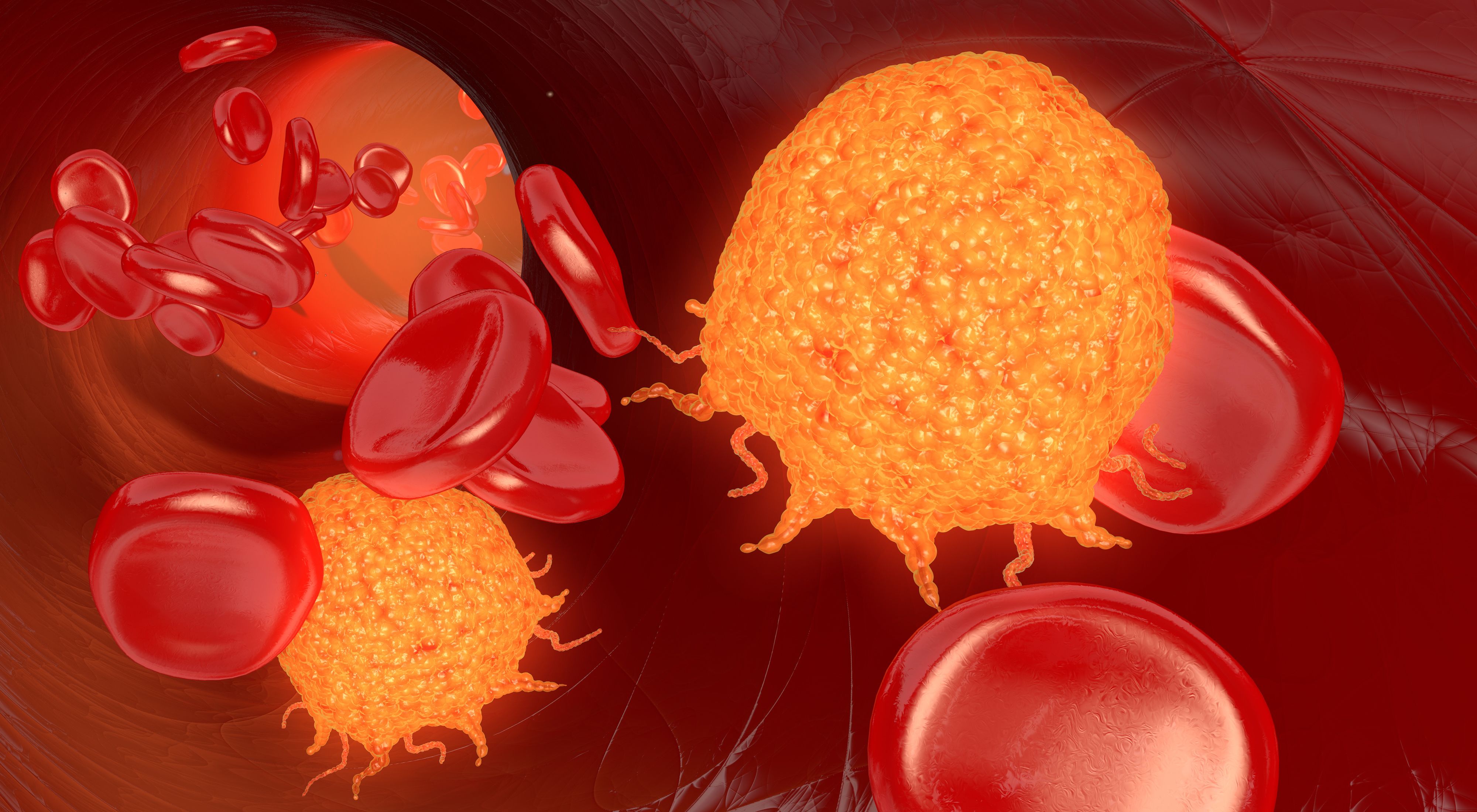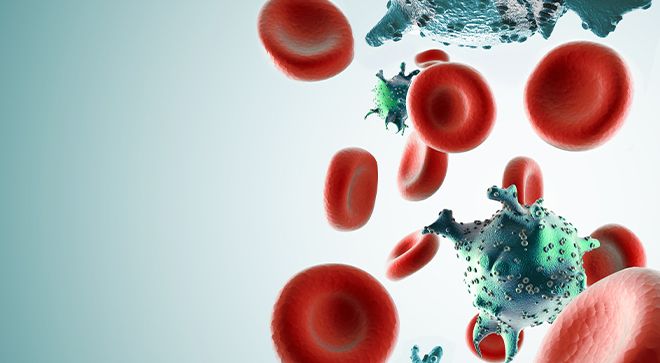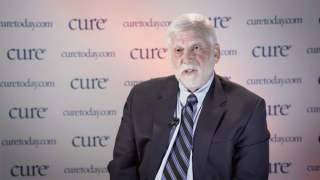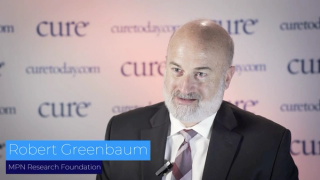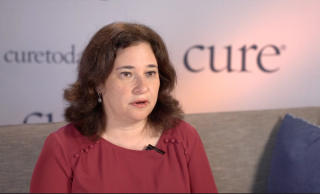
MPN
Latest News
Latest Videos

More News

Keri is also a true partner in the management and care of the whole patient.
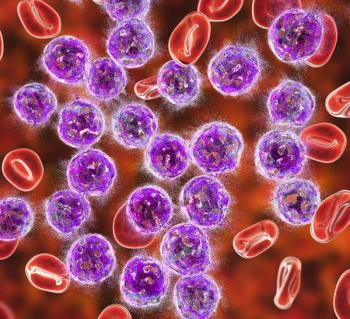
The Shorespan-007 trial will investigate the new drug among patients with essential thrombocythemia who have not previously received cytoreductive therapy.

Niktimvo was approved for adults and children with chronic, pretreated graft-versus-host disease.

Researchers identified five traits that may increase a person’s chance of experiencing polycythemia vera progression.
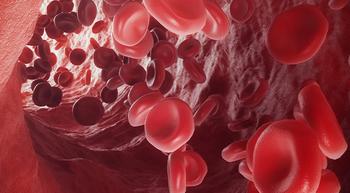
The development of new or worsening anemia did not decrease Jakafi’s efficacy in treating primary or secondary myelofibrosis.

I have an incurable cancer, which forces me — and my loved ones — to be ever-adapting in this physical and emotional battle.
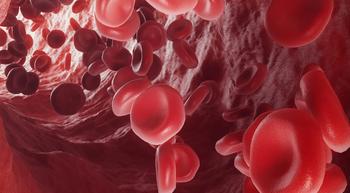
Pelabresib plus Jakafi led to a reduction in spleen size and was tolerable in patients with myelofibrosis, according to data from MANIFEST-2.

Childbirth rates have been reduced by 22% in women with MPNs, compared with women without MPNs, researchers found.

Treatment with rusfertide led to a decrease in the need for blood draws and decreased levels of red blood cells in patients with polycythemia vera.

Patients with MPNs who are JAK2V617F- and CALR-positive had different bacterial compositions compared with people without MPNs, research found.

The year 2024 is now underway. After a busy 2023, we’re now looking back at some of the oncology headlines from the new year.

Thomas Silver discusses how a community of support helped a patient when his bone marrow transplant was delayed.

Dr. Douglas Tremblay of the Ichan School of Medicine explains the necessity of cytoreductive therapy for patients with MPNs such as essential thrombocythemia and polycythemia vera.
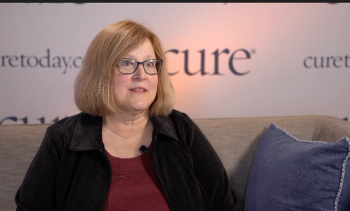
After being diagnosed with essential thrombocythemia, Marilyn Kay Edwards was not told much about her disease.

For patients with myeloproliferative neoplasms, it is essential to have an open relationship with oncology nurses, an expert explained.
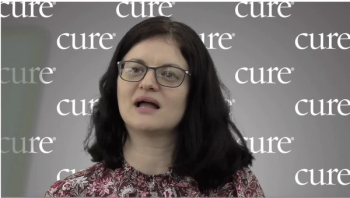
Dr. Lucia Masarova sat down with CURE® and discussed the advancements she hopes to see in 2024 for the treatment of patients with myeloproliferative neoplasms.

The three-year final analysis of efficacy and safety of the REACH3 trial showed that patients with steroid-refractory or dependent chronic graft-versus-host disease benefited more with Jakafi compared with the best available treatment.

The recent phase 3 TRANSFORM-1 study concluded that navitoclax combined with Jakafi showed significant spleen volume reductions in patients with myelofibrosis.

An artificial intelligence platform was able to tell the difference between patients with prefibrotic primary myelofibrosis and essential thrombocythemia. However, an expert says that there are considerations that patients must remember when it comes to the use of such programs.

One expert explained how care team aspects such as open dialogue, support and validation can help to inform patients with MPN about psychosocial needs that tend to be unmet.

Amanda Smith, a registered nurse with Huntsman Cancer Institute, explained the impact early satiety can have on patients with MPNs and why communication with their care team is important.

The FDA approved Ojjaara for intermediate or high-risk myelofibrosis, including primary myelofibrosis or secondary myelofibrosis (post-polycythaemia vera and post-essential thrombocythaemia), in adults with anemia.

Myelofibrosis-related anemia is different than anemia experienced by patients without a cancer diagnosis, a research nurse explained.

Nurse practitioner Charina Toste explains why it is important for patients to be empowered to have educated conversation with their care teams.

Reporting MPN side effects to the care team, regardless of how “little” they may seem, can help determine how to adjust treatment to address these symptoms, an expert said.




